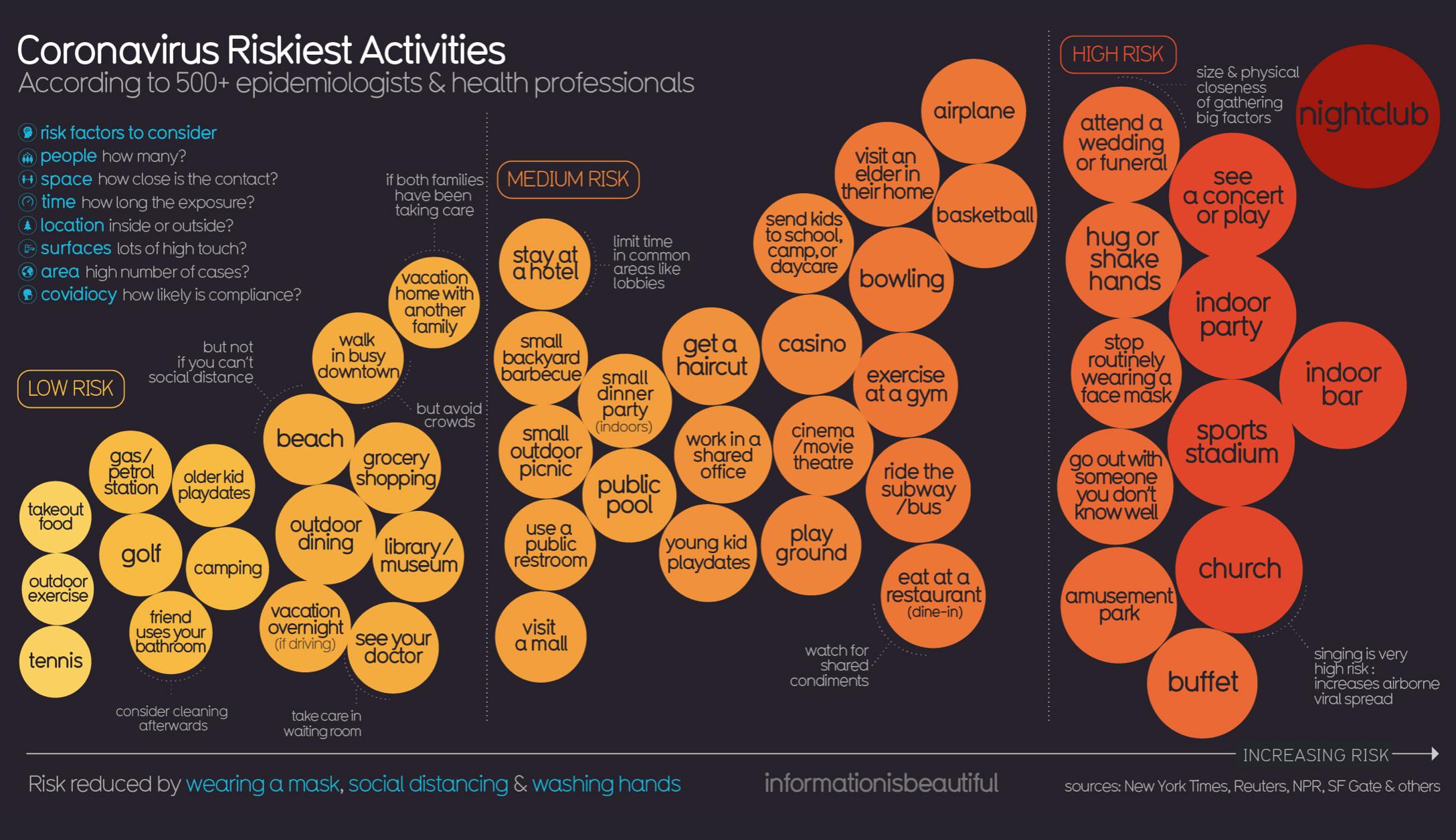
2 minute read
BATTLING THE VIRUS
PREVENTING CORONAVIRUS INFECTION
People should avoid touching their eyes, nose, and mouth with their hands, especially if they are unwashed. This can help limit the spread of germs and reduce the likelihood of them getting sick.
Advertisement

The hands come into contact with several surfaces throughout the day, and they may pick up viruses this way. A new report suggests that SARS-CoV-2 can remain on certain surfaces for up to 3 days. If a person then touches their face, viruses can transfer to the eyes, nose, or mouth and enter the body.
People should take care to avoid coming into close contact with others — especially those who are older, unwell, or have symptoms of the virus. Regular hand-washing is one of the main ways to help prevent the transmission of coronavirus.

Once the virus enters your body via your nose, mouth or eyes, it makes its way to your lungs (and sometimes your intestines or spleen). The virus particles begin to infect the outermost lining of the lungs, called epithelial cells. The virus connects to a specific receptor on the epithelial cell membrane, the ACE2 receptor, and injects its genetic material into the cell. The cell executes the new instructions received - copy and assemble. After a short period of time, the cell fills with copies of the original virus, until it reaches a critical condition, where it is unable to support itself. At this stage, the virus makes the cell “self-destruct” and it disintegrates, releasing new coronavirus particles that affect the nearby cells. The number of infected cells grows exponentially; after 10 days, millions of cells are infected and billions of viruses swarm the lungs. This triggers an immune response, and causes immune cells to flood into the lungs. As the immune cells enter the lungs, the virus particles penetrate the immune cells, causing an overwhelming amount of immune cells to enter the lungs, which is both dangerous, and drains the body’s resources. Two cells in particular, neutrophiles and Killer T cells cause detrimental damage. The tainted Killer T cells cause healthy(and infected) epithelial cells to destroy themselves, while the corrupted neutrophiles release enzymes that, too, destroy both healthy and infected epithelial cells. This forms a devastating cycle: as more immune cells arrive in the lungs, more get corrupted and destroy lung cells, causing even more immune cells to be sent to destroy the virus, leading to severe lung damage. In most cases, the immune system is able to eventually beat the virus, but sometimes the damage caused is permanent. As billions of epithelial cells have deteriorated, the inner cells of the lungs, the alveoli are exposed to bacteria, which cause health complications. The immune system has fought at full capacity, and cannot withstand another attack so soon. If the bacteria manages to multiply, the body is overwhelmed and death is imminent.





